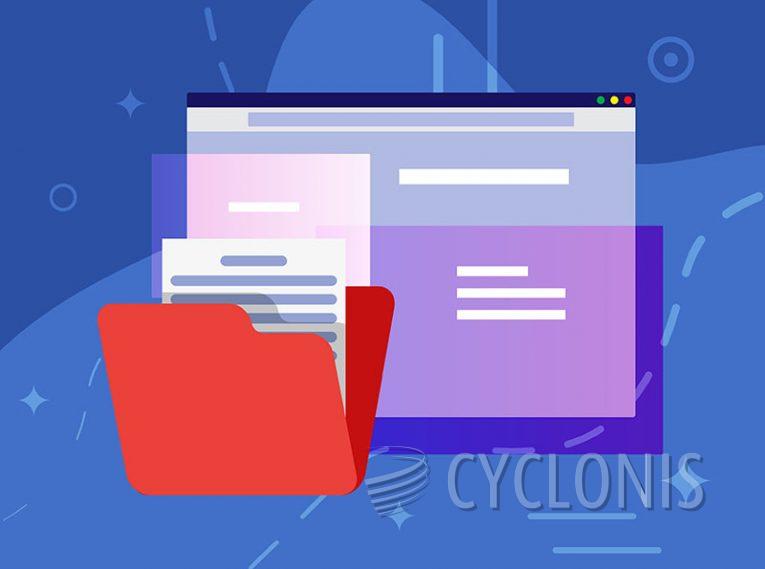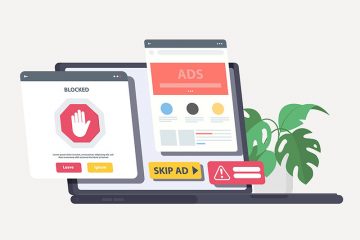Designer Adware Comes With Full Install Folder

While investigating suspicious websites, our research team came across the Designer application. Our examination of this software unveiled that it functions as adware. Designer is crafted to execute invasive advertising campaigns and could potentially possess further detrimental capabilities.
Adware stands for software that is supported by advertisements. Its purpose is to generate profits for developers by presenting users with unwanted and misleading ads. These ads, comprising third-party visual content like pop-ups, banners, coupons, overlays, and more, are displayed on visited websites or other interfaces.
The behavior of this software might not include aggressive ad campaigns if the browser or system is incompatible or specific sites aren't visited. Nevertheless, the presence of Designer on a system jeopardizes the safety of both the device and the user.
Ads presented by adware promote online scams, untrustworthy or harmful software, and even malware. Clicking on some intrusive ads can trigger scripts that initiate downloads or installations without the user's consent.
It's important to note that any legitimate content seen through these ads is likely being promoted by scammers who exploit affiliate programs to gain unauthorized commissions.
Ad-supported software commonly integrates data-tracking functions, and the Designer application might be no exception. Information targeted could involve browsing and search histories, internet cookies, login credentials (such as usernames and passwords), financial data, and more. The accumulated data could be shared with or sold to third parties, potentially including cybercriminals.
How is Adware Like Designer Distributed Online?
Adware like Designer is distributed online through various methods, often employing deceptive or misleading tactics to infiltrate users' systems. Here are some common ways adware like Designer can be distributed:
- Bundled Software: Adware is frequently bundled with legitimate software downloads. When users download and install a seemingly harmless program, the adware piggybacks along with it, often without the user's knowledge or explicit consent. This bundling strategy allows adware to enter a user's system unnoticed.
- Fake or Misleading Websites: Adware can be promoted on fake or misleading websites that claim to offer useful software, tools, or content. Users might be enticed to download and install the advertised software, only to end up with adware on their system.
- Malicious Email Attachments: Adware can be distributed through malicious email attachments. Users may receive emails with seemingly legitimate attachments or links, but once opened or clicked, these attachments could lead to the installation of adware.
- Fake Software Updates: Adware might be disguised as software updates or patches. Users are prompted to download and install what appears to be a legitimate update, but it's actually adware in disguise.
- Browser Extensions/Add-ons: Some adware is distributed through browser extensions or add-ons. Users might be prompted to install these extensions to enhance their browsing experience, but the extensions actually inject unwanted ads into web pages.
- Infected Software Installers: Adware can be injected into legitimate software installers by malicious actors. When users download and install these infected installers, the adware is installed as well.
- Social Engineering: Adware distributors may use social engineering techniques to manipulate users into installing the software. This could involve fake security alerts, warnings, or prompts that lead users to download and install the adware.
- Drive-by Downloads: Adware can be delivered through drive-by downloads, where users are redirected to malicious websites that exploit vulnerabilities in their browser or system to automatically download and install the adware.








